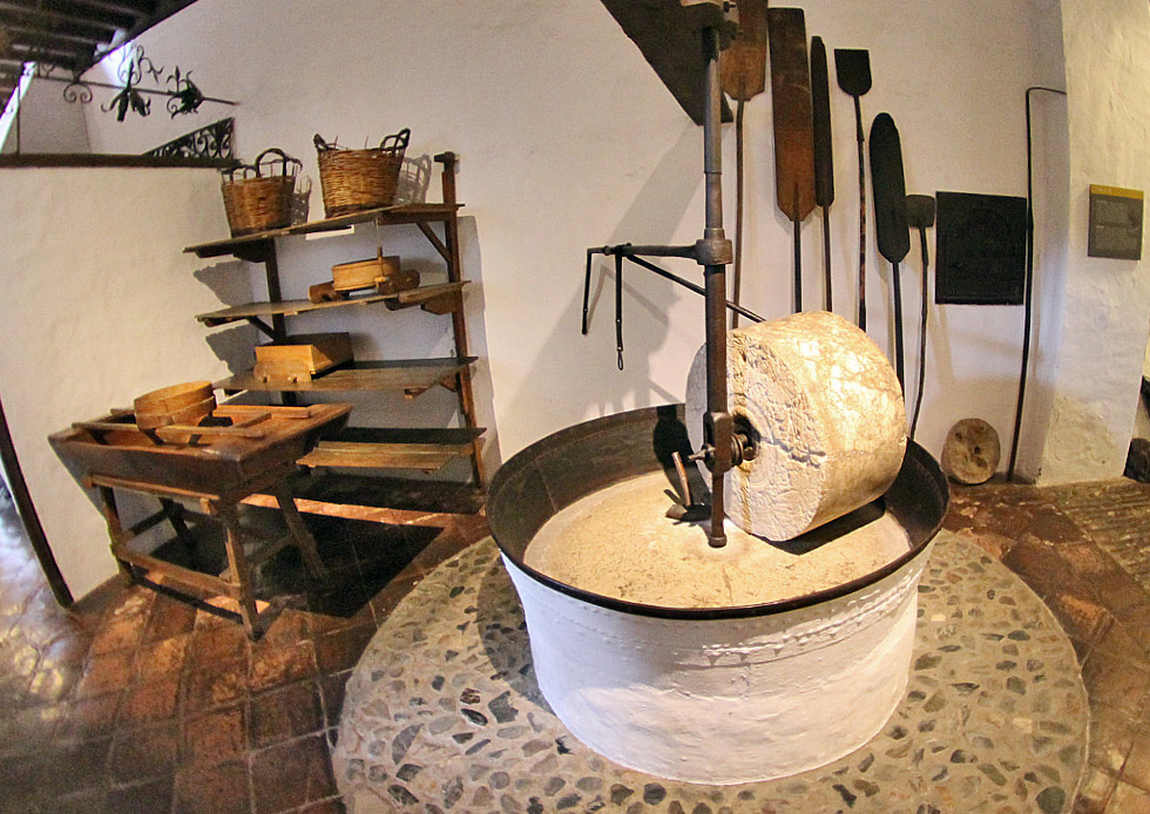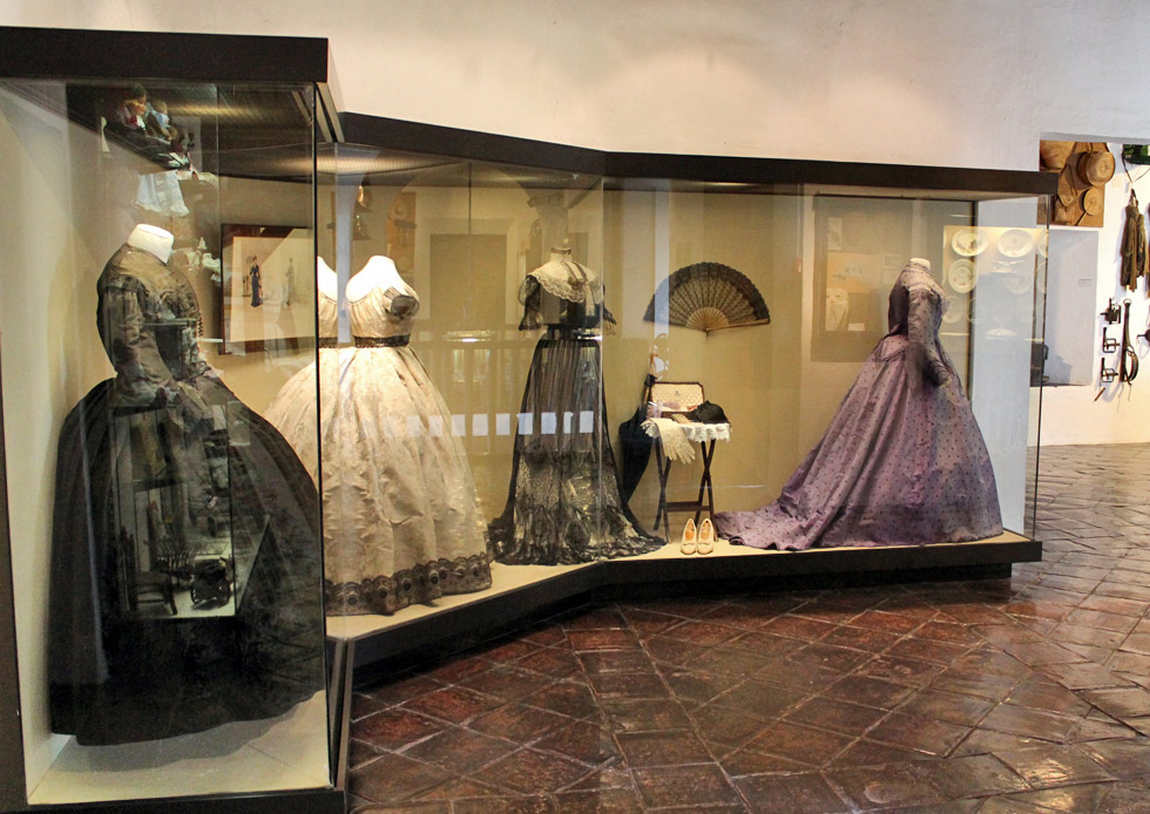Flamenco and bullfighting, bailaora's dance and the almost choreographed grace of the torero, and the passion and zest for life all reflect the character of the Andalusians. Although it isn't always possible to catch a flamenco performance or a bullfight, these and other Andalusian traditions can be discovered at the Ethnographic Museum in Málaga. The museum will interest children as it is the only place where they can see a loom, millstone or soot-blackened open hearth.

Malaga's Museum of Arts and Popular Traditions is housed in a typical Andalusian two-storey house with a courtyard that leads to different rooms. The exhibition is divided into 18 rooms, each with a different theme. Notably, each room has its unique atmosphere, and some have the feel of a real home. In the kitchen, for example, a hungry visitor can smell the aroma of gazpacho or another mouth-watering Spanish dish amongst the shiny copper cauldrons and clay jugs.
The bakery still smells of bread, preserved by the old baking baskets. Children begin to fall asleep in the small rustic dormitory — but the cradle there looks so tiny! And in the hall devoted to folk festivals, sleep is relieved: the colours are so bright and the clothes so colourful that you just want to dance at the sight of them.
The miniature figurines depicting festive scenes help explain some items' purposes. For example, hats decorated with flowers and colourful ribbons were not intended for women but were worn by male musicians performing verdiales, a kind of flamenco.
But the Museo de Artes y Costumbres Populares is much more focused on the everyday life of the inhabitants of the province of Málaga. You can see how blacksmiths, fishermen, millers, winemakers, agricultural work and peasants lived. There is also a room dedicated to the life of the aristocrats, with rich clothes, exquisite furniture, luxurious crockery and expensive children's toys.

But the best dolls that are not toys are in the Malagueños Barros's room. The ceramic figures depict the different professions and ordinary citizens of Málaga so vividly that you can easily imagine a priest, street vendor or beggar.

Perhaps after this tour, you will see the Costa del Sol family resorts with different eyes and begin to appreciate the distinctiveness of the Andalusian folk tradition.











